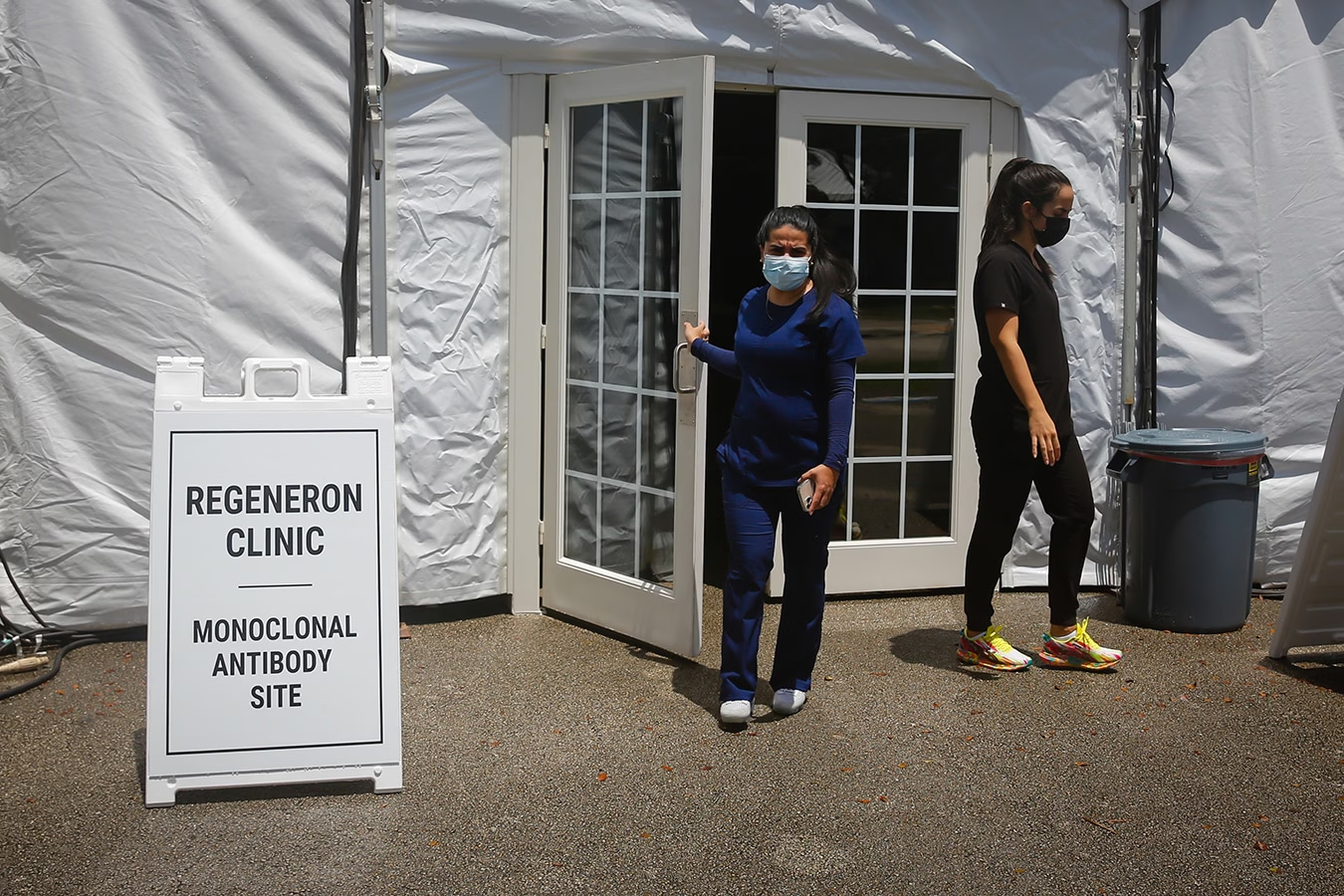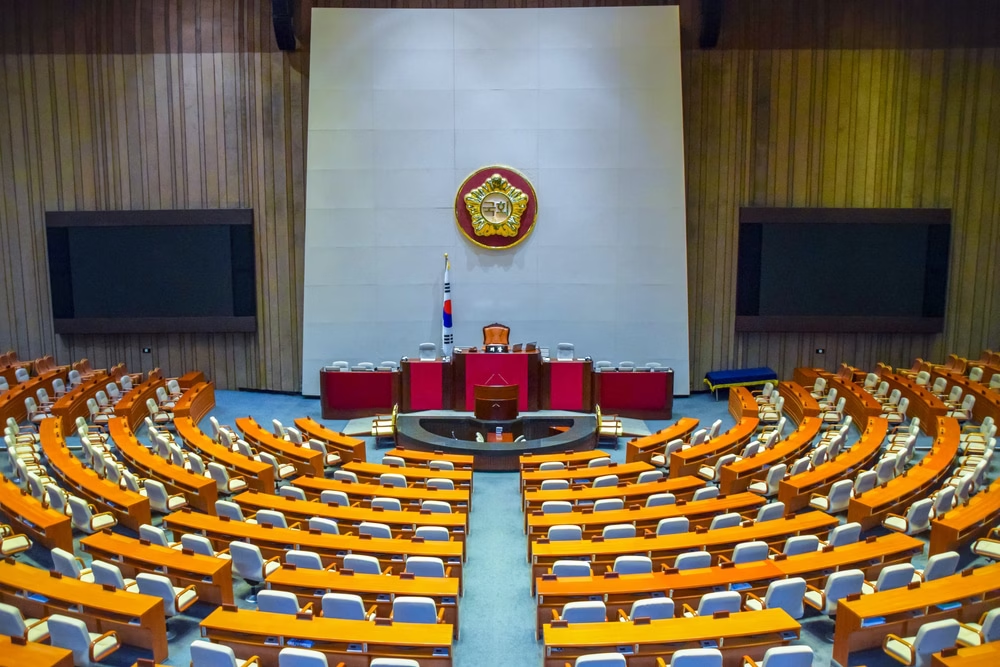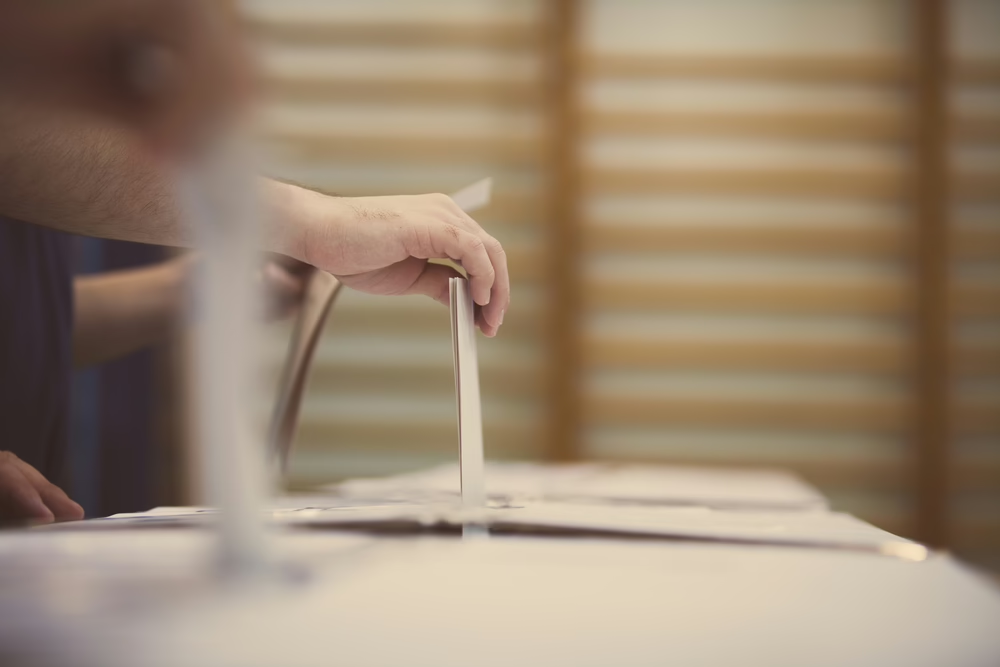Over the past few months, states have gained access to new COVID-19 treatments which can greatly increase a patient’s probability of surviving a serious infection. The problem? Supplies are scarce, and not everyone who needs the drugs is able to receive them.
States had to decide how to dole out the treatments to the neediest and looked to the federal government for instruction. Following guidelines from the FDA that stated race and ethnicity are risk factors for COVID-19, state health departments drafted their policies accordingly.
As Aaron Sibarium reported, the policies in place in Utah weighed race more heavily than suffering from congestive heart failure in determining eligibility for the treatments. In New York, being of a “Non-white race or Hispanic/Latino ethnicity” is the only “medical condition or other factor” explicitly mentioned in its notice about who should gain preferential access to the treatments. Similar policies were adopted in Minnesota, Illinois, Missouri, and Wisconsin.
As you would expect, this caused controversy. It didn’t take long for many to point out the flimsy ground that race-based considerations were standing on. While it is true that non-White people are likelier to die from COVID-19, race is not a risk factor. Instead, it is correlated with differences in income and personal health that exist between groups. When policymakers decided to use race as a factor in determining treatment, they either decided it was a useful proxy for these actually meaningful distinctions, or it was the proper way to address “structural racism and the legacy of disinvestment,” as a New York City health official explained.
In either case, the policy is flawed. As Walter Olson noted, a study published in the New England Journal of Medicine concluded that “Black race was not associated with higher in-hospital mortality than white race, after adjustment for differences in sociodemographic and clinical characteristics on admission.” Another report from March last year found that Asian Americans were faring the best of any racial group in the U.S. Put together, race is an unhelpful proxy when you can assess an individual according to other factors, and Whites are not exceptional in their survival rates against the disease.
Facing backlash, health officials and medical experts were put on the defensive.
According to some experts and politicians, this policy is entirely defensible given racial inequities in America. As Dr. Taison Bell told Politico, “This policy is trying to combat racial and ethnic disparities that are already happening.” New York’s Health Commissioner, Mary Bassett, justified the policy as it “reflects the social consequences of racial ethnic classification in our society.” And JP Leider, a health policy expert at the University of Minnesota, stated the intent of the policy frankly: “You have to pick who comes first.”
At the same time, though, other officials claimed that there is no evidence that the policy has been used to extend treatment to non-White patients rather than White patients. A spokeswoman for the New York state health department stated that no one would be refused treatment because of their race. A spokesman for the New York City health department echoed a similar sentiment when he said that “No one will be denied treatment based on their race and race is not a deciding factor for whether or not to fill a prescription.”
So which is it? Given the goal of the regulations, we can judge their success on a fairly simple basis: how many minorities who otherwise wouldn’t have received treatment ultimately did receive treatment? Or, looking at the opposite side of the same equation, how many White people who would have gotten the treatment did not?
According to health officials and journalists reporting on the subject, the answer is zero—none. No non-Whites were advantaged and no Whites were disadvantaged. So in effect, the policy is meaningless and ineffectual. Nevertheless, when it was repealed in places like Minnesota it was a defeat for racial equity. Apparently the non-White population can be hurt by losing its preferred access to the drugs it wasn’t actually receiving preferred access to.
In a healthy democracy when the truth gets muddled like this, it’s the responsibility of journalists to course correct. But so far, most of the mainstream outlets have been letting us down. A Washington Post headline read “Former Trump adviser falsely claims states are rationing scarce covid treatments based largely on race.” But what exactly is the falsehood in that? The use of the word “largely,” rather than “partially,” apparently. The Associated Press, meanwhile, wrote that “there is no evidence that race alone is being used to decide who gets medicine.” Again, this seems to be technically correct, but misses the larger point. Just because “race alone” isn’t the sole consideration doesn’t mean that the use of race at all is insignificant.
Throughout their coverage, outlets have been de facto saying that these policies are necessary. While they haven’t been explicit, article after article concludes with a quote on why these policies are so essential. In this piece from Politico, the reader is left with the opinion of a health expert who says that a race-blind policy “on its face seems equitable, but it isn’t really.” This Washington Post article concludes with a supporter of the race-conscious policy asking “are we going to keep moving toward a ‘first come, first served’ model, which is about as far from fair as you can get?” In Newsweek, their article ends with a quote reading, “Sometimes it’s acceptable to consider things like race and ethnicity when making decisions about when resources get allocated at a societal level.” Needless to say, this isn’t an exhaustive sampling, but it appears representative.
Now regardless of whether or not you think that healthcare professionals should consider race when determining who gets access to scarce COVID-19 treatments, this is hardly even-handed journalism. While it may placate the outlets’ supporters, it only serves to divide us further politically.
Over the past 30 years, reporting has become less objective and more opinionated. Though the effect is particularly evident in cable television and typified by Fox News’ radicalism, it’s capturing the established print media as well. In the process, we get coverage like this that has managed to address only the most outlandish criticism thrown at a particular policy, like that race is the only consideration when determining access to medical treatments, rather than the countless other questions someone may reasonably have.
When a news outlet does this, people take notice. During the height of the Black Lives Matter movement in the summer of 2020, peaceful daytime protests sometimes descended into rioting and looting in some cities. Scrambling to avoid negative publicity for the movement, CNN delivered coverage like this of a city in flames and a chyron reading “Fiery But Mostly Peaceful Protests.” By trying to paint the riots as favorably as possible, CNN undermined their own credibility. They didn’t advance progressive causes—they devalued them.
The truth matters, and when we can’t rely on people to report on it, individuals will seek information elsewhere. In the case of these COVID-19 treatment regulations, two inherently contradictory claims—that these policies advantage minorities in gaining access to scarce drugs but they do not hinder Whites ability to access them—are allowed to coexist undisturbed. As a result, it’s nearly impossible to know why race is so important to consider in the first place.
If race is actually just a proxy for truly meaningful determinants of health outcomes, why don’t we use those? We still don’t know, and journalists aren’t helping us get there.






